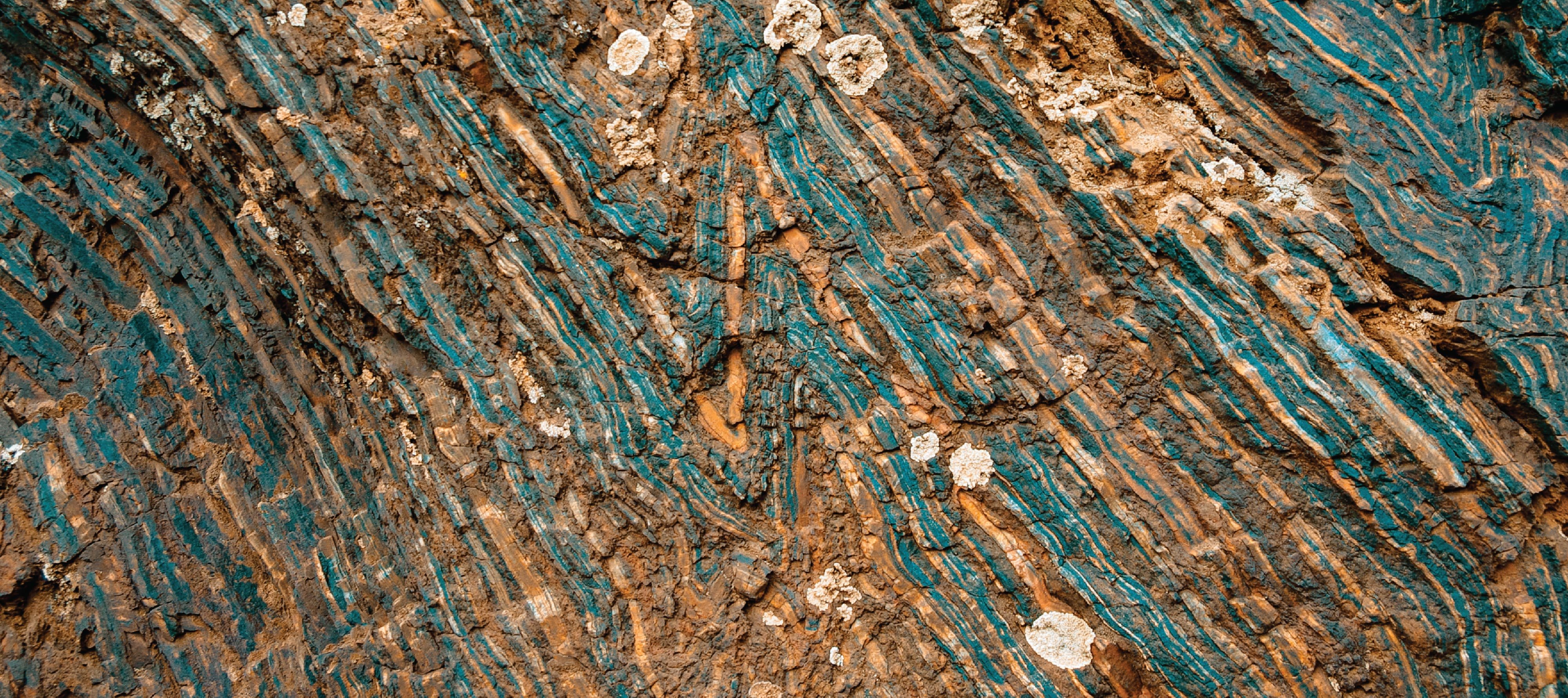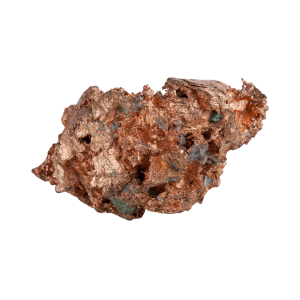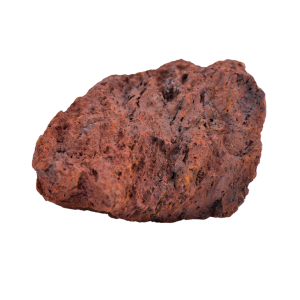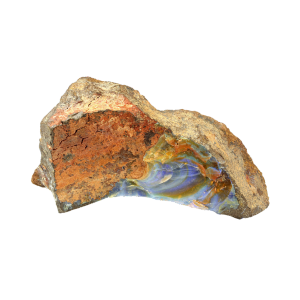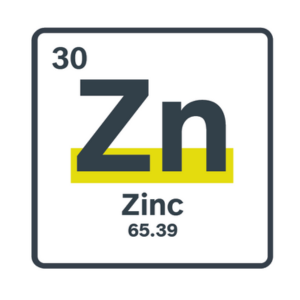The natural resources creating tomorrow
Australia is home to over 4,000 metals, mineral sands and gems with over 350 mine sites spread throughout almost every state and territory. Australia is the leading producer of many mineral commodities including gold, iron ore, uranium, lithium, aluminium, zinc, lead diamond and rare earth minerals, while also contributing substantially to the world's supply of coal, copper, nickel, cobalt, tin and silver.
Extracting, processing and exporting these resources is a major pillar of Australia's economy, directly employing nearly 300,000 people and generating over AU$216 billion each year.
Australian minerals glossary
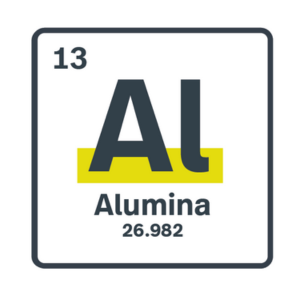
Alumina: An oxide of aluminium, found crystallised as corundum, sapphire and other minerals. Australia is the world’s second largest producer of alumina and the largest exporter. There are six alumina refineries in Australia: four in Western Australia and two in Queensland.
Bauxite: A sedimentary rock with a high aluminium content, used to create aluminium metal and other industrial products such as cement, abrasives and chemicals. Australia is the world's largest producer of bauxite, mining over 100 million tonnes each year – approximately one third of the world’s total yield. Australia’s bauxite is primarily found in Western Australia and Queensland in shallow deposits which are extracted through open-cut mines.
Cerium: A rare earth metal, used in flat-screen TVs, stainless steel as a precipitation hardening agent, low energy light bulbs, pigments, and alloys. Cerium is the most abundant of the 15 rare earth metals, and the 25th most abundant element in the world – equally abundant as copper. Australia is believed to have around 20 per cent of the world’s supply of rare earths.
Read more
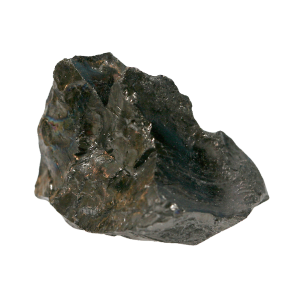
Coal – Anthracite: Also known as hard coal or black coal, it is the least plentiful form of coal. It has the highest carbon content, the highest energy density and the fewest impurities of all coals. It is primarily used today as a domestic fuel in either hand-fired stoves or automatic stoker furnaces, as it burns cleanly with little soot. China mines that largest share of anthracite, accounting for more than three quarters of global output.
Coal - Bituminous: A middle rank coal used mainly in electricity generation and steel making. It is also used to manufacture cement and paper, refine alumina, and for other industrial purposes. The majority of coal mined in Australia is bituminous, produced in Queensland or New South Wales.
Coal – Subbituminous: Also called black lignite, it is used primarily as a fuel for steam-electric power generation. As a lower grade coal, more sub-bituminous coal must be burned in order to create the same amount of energy as bituminous coal; however, it has the advantage of containing less sulfur, making it less environmentally problematic than bituminous coal. It is found primarily in Romania, Australia, the United Kingdom, France and Turkey.
Coal – Lignite (brown): The lowest grade coal with the smallest concentration of carbon. Used for electricity generation, it has a low heating value and contains up to 70 per cent water by weight. Brown coal is found in all states in Australia, but is most abundant in the Gippsland Basin in Victoria.
Cobalt: A versatile trace element used across the industrial, medical, automotive, renewable energy, agricultural, aeronautical and military sectors. Cobalt is considered a commodity of the future, with global demand predicted to increase six-fold by 2050. Australia is the world’s third largest producer of cobalt and contains approximately 18 per cent of global cobalt reserves. In 2020, there were 68 cobalt focused projects across Australia.
Loading component...
Loading component...
Loading component...
Loading component...
Loading component...
Loading component...
Loading component...
Looking for a mining job?
Brunel can connect you with a range of mining industry employment opportunities across both white and blue-collar roles throughout Australia.
